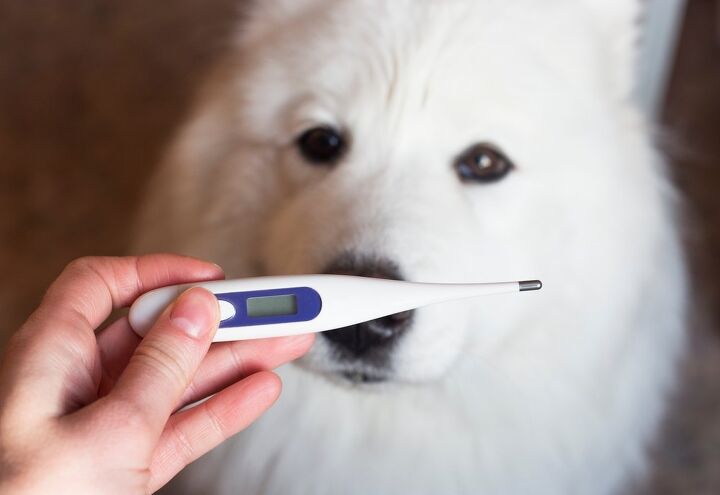How Can I Tell If My Dog Has a Fever?

High fever is no joke, and can be quite serious – both for people and their furry four-legged friends. Yes, dogs can have a fever too, and it can be a much more serious condition for them than it is for us. Unfortunately, fever is not an ailment you can spot with your bare eye. Because of this, you will need to thoroughly observe your pet’s behavior and learn how to spot those little details that indicate a fever. Read on as we go through the basics of dog fever and just how to tell if your pet needs your help.
Symptoms of Fever in Dogs
Dogs, like humans, can develop a fever as a response to illness or infection. It’s the body’s natural way to fight off the “intruders” in the body. Fever comes in many forms and for various reasons. You can tell if your dog has a fever by observing their behavior and checking for physical signs. Here are just a few of the most common indicators.
- Increased Body Temperature:
Just like with humans, increased body temperature is the number one indicator of fever in dogs. The most reliable way to check for a fever in your dog is to use a rectal thermometer designed for pets. Lubricate the tip with petroleum jelly, gently insert it about one inch into your dog's anus, and leave it in place for about a minute if you are using a regular thermometer – or you can opt for a quick-measuring one such as this pet thermometer that will do the job in 20 seconds. A dog's normal body temperature is around 100.5 to 102.5 degrees Fahrenheit (38 to 39.2 degrees Celsius). If the temperature is consistently higher than this, it may indicate a fever. Of course, if you are not comfortable with doing this procedure (it is fairly simple), you can always seek out a vet’s help.
- Lethargy:
Fever can cause your dog to become lethargic or unusually tired. They may lack their usual energy and enthusiasm and just lie listlessly throughout the day. This is always a clear indicator that something is amiss. It can be a fever, or anything else – but it is a good sign to investigate further.
- Shivering or Trembling:
This is another clear and unmistakable sign of fever. Some dogs with a fever may shiver or tremble in an attempt to regulate their body temperature. It is a natural way that the body fights the abnormal temperature. If it isn’t exceptionally cold in the home, then always suspect fever.
- Loss of Appetite:
Doggos are naturally voracious. And when they refuse to eat, you can be sure something is certainly off. Not surprisingly, dogs with a fever may lose their appetite or have reduced interest in food and water, even if they love to munch whenever there’s a chance. So, if your pooch is suddenly extra picky with their usual meals, seek out your vet and make sure they don’t dehydrate in the meantime – offer small amounts of water regularly.
When talking about symptoms of fever in dogs, there’s one “symptom” we should address that is actually a popular misconception. Contrary to popular belief, a warm and dry nose is not necessarily a sign of fever in dogs. A dog's nose can vary in temperature and moisture under normal circumstances, so don’t rely on the nose alone as a cause for alarm.
In the end, if you suspect that your dog has a fever, it's important to consult with a veterinarian for a proper diagnosis and treatment. A veterinarian will perform a thorough examination, run tests, and recommend appropriate treatment based on the underlying cause of the fever. It's essential to get professional veterinary guidance to ensure your dog's well-being, but until you get to the vet’s office, you can cool off your pet and try to reduce their fever by putting a towel soaked in cold water on their ears and paws.
There are even special cooling towels for dogs that are designed to be a first aid for heat strokes – you might want to keep one on hand in your pet’s own first aid kit. The most important thing is to not attempt to treat your dog's fever at home with over-the-counter medications meant for humans, as some of these can be toxic to dogs.

A proud mama to seven dogs and ten cats, Angela spends her days writing for her fellow pet parents and pampering her furballs, all of whom are rescues. When she's not gushing over her adorable cats or playing with her dogs, she can be found curled up with a good fantasy book.
More by Angela Vuckovic

























